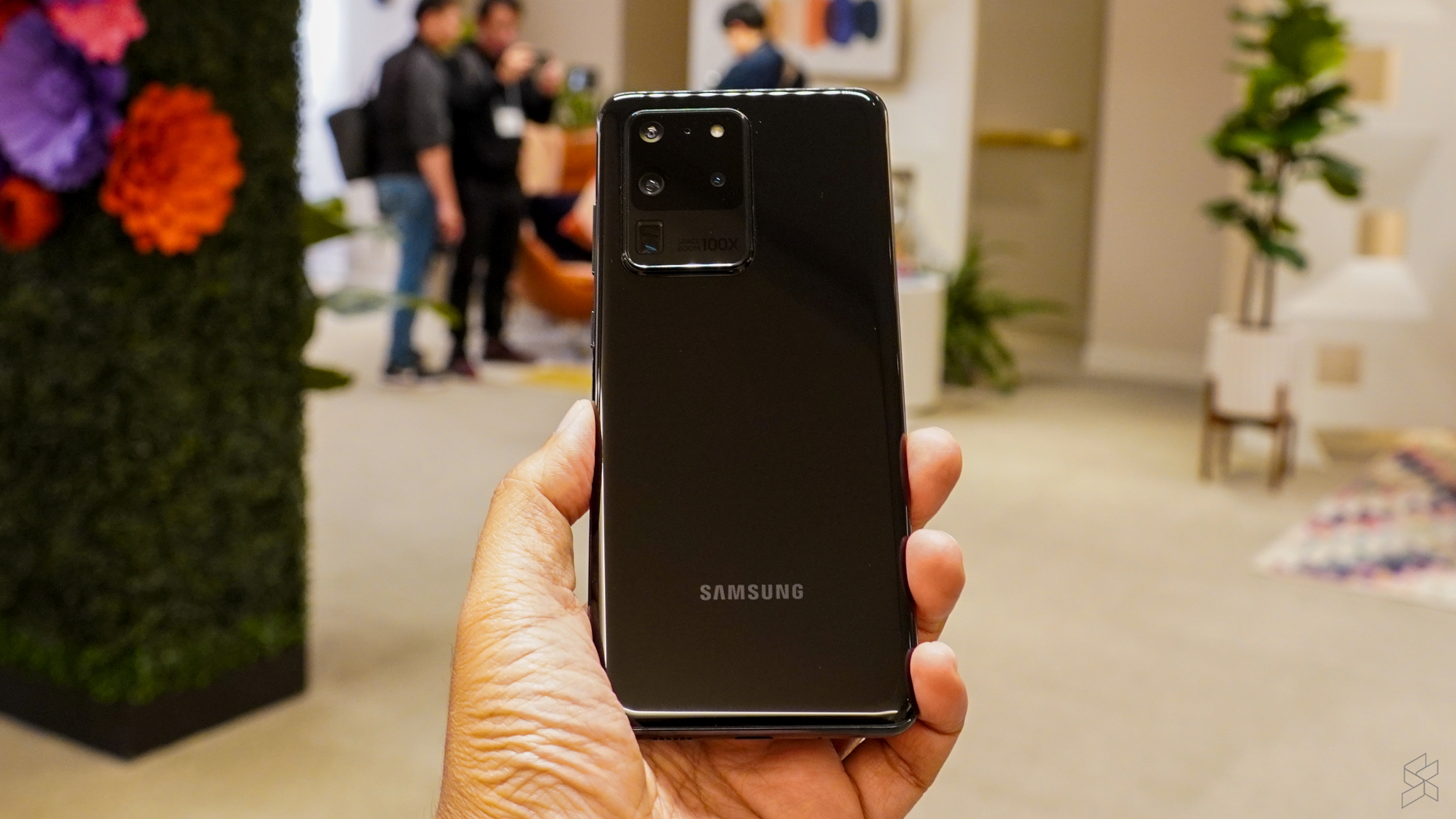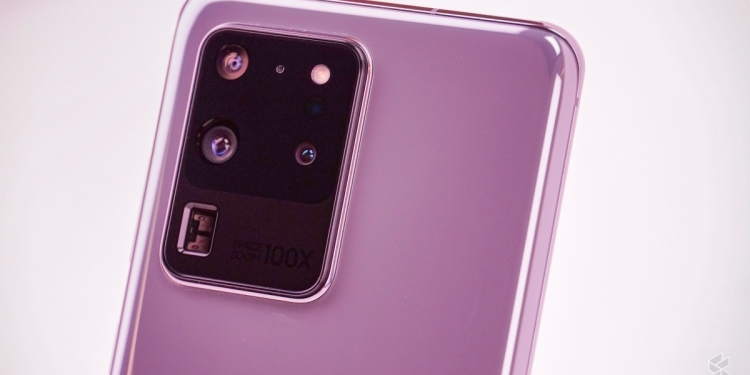This post is brought to you by Samsung Malaysia.
Samsung’s brand new Galaxy S20 Ultra represents one of the biggest leaps forward in smartphone photography ever. And, at the centre of it all is the device’s stunning main camera sensor which boasts a stunning 108 megapixels. Yes, over a hundred megapixels in a smartphone.
But, you must be wondering, why does that even matter to you? Is it just a number that looks good on a brochure? No, absolutely not. In fact, it makes a world of difference. Here’s why.
We’ll start with the first and most obvious fact: that’s a lot of megapixels. Megapixels are basically the way you can measure how detailed a camera sensor can be. The more you have, the more details you can capture. Of course, there are more nuanced factors involved, but the basic principles will hold true if all things are equal.

So, with 108 megapixels, the Samsung Galaxy S20 Ultra has one of the highest resolution camera sensors in any smartphone, and this sensor is actually Samsung’s brand new ISOCELL Bright HM1 image sensor. With this high resolution, not only will you be able to capture highly detailed photos, but you can also crop or select a portion of your photo, remove the rest, and still end up with a crisp image. It also helps when you want to punch into specific details in your photograph because you just have so many details to work with.
Of course, more detail isn’t the only thing Samsung’s clever new camera can capture. This high-resolution sensor is also pivotal in the Galaxy S20 Ultra’s ability to capture good low light photos. And this starts with a fundamental change to the sensor architecture, both in terms of the size and technology that’s incorporated within the sensor.
The mechanics of camera sensor technology is often simple: the bigger the sensor, the more light it will be able to capture. And, measuring 1/1.33 inches, the Samsung Galaxy S20 Ultra has one of the largest sensors in the industry. On top of that, it has 108 pixels that are all 0.8 microns large.
However, when the need arises, the Galaxy S20 Ultra’s camera can employ its special skill: nona-binning. What this does is that it combines nine regular-sized adjacent pixels into one super duper big pixel so it can a whole lot of light. That’s nine adjacent 0.8-micron pixels into one massive 2.4-micron pixel, producing a 12MP equivalent photograph that’s optimised for low-light while still being packed with detail.
When lighting conditions are good, and when the scene is bright, Samsung’s Galaxy S20 Ultra can then re-mosaic and rearrange the colour pixels back into their original form to give you all the detail that can be afforded to you by a 108MP sensor.

Besides these two huge advancements in how smartphones capture images depending on lighting conditions, the new sensor also does a whole bunch of intelligent things to make sure you get the best shot. This includes smart-ISO which can intelligently select the best ISO setting for vivid and brighter images, as well as a real-time HDR tech that optimises exposures while maintaining a natural-looking image in both videos and photos.
As you can see, having a 108MP camera sensor (or even a 64MP one like the one on the Galaxy S20 and S20+) is more than just a nice buzzword or decoration for a brochure. It’s more than just highly detailed images. It’s more than just incredibly good low-light. It’s a holistic improvement to the entire smartphone camera experience, and that’s pretty special.
For more on the Samsung Galaxy S20 series, head here.








